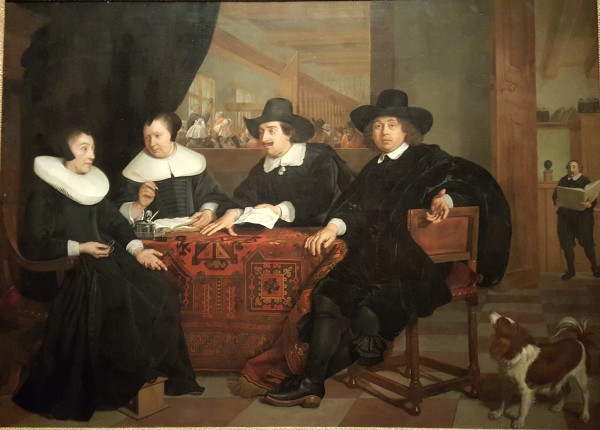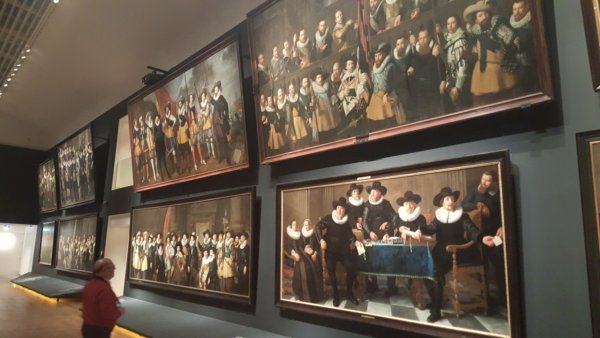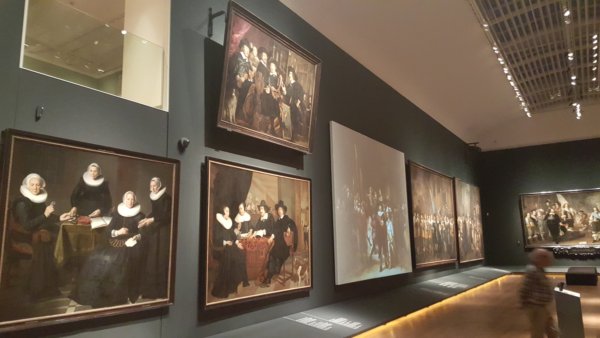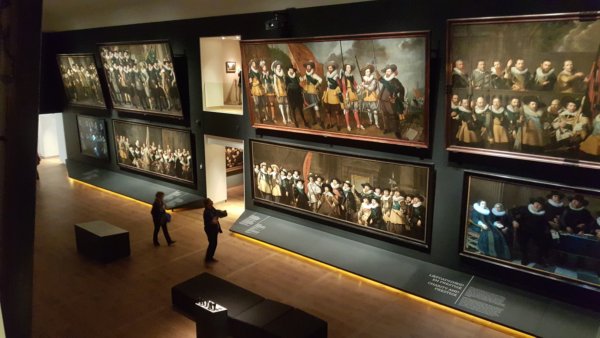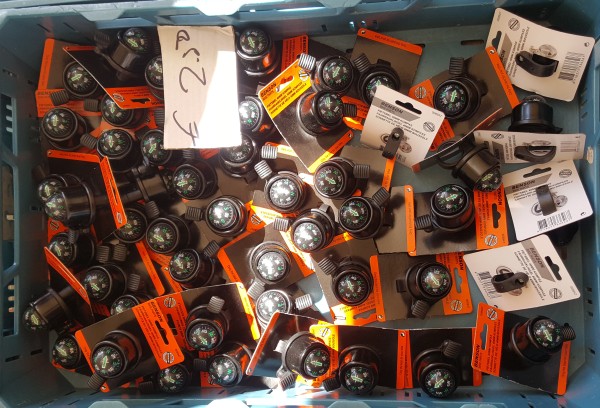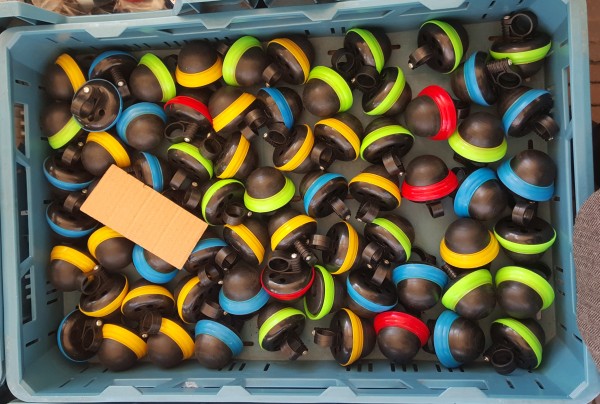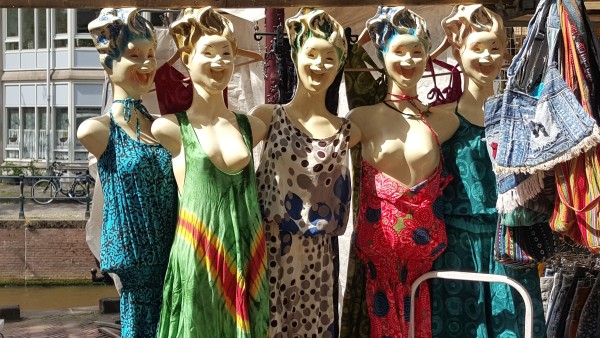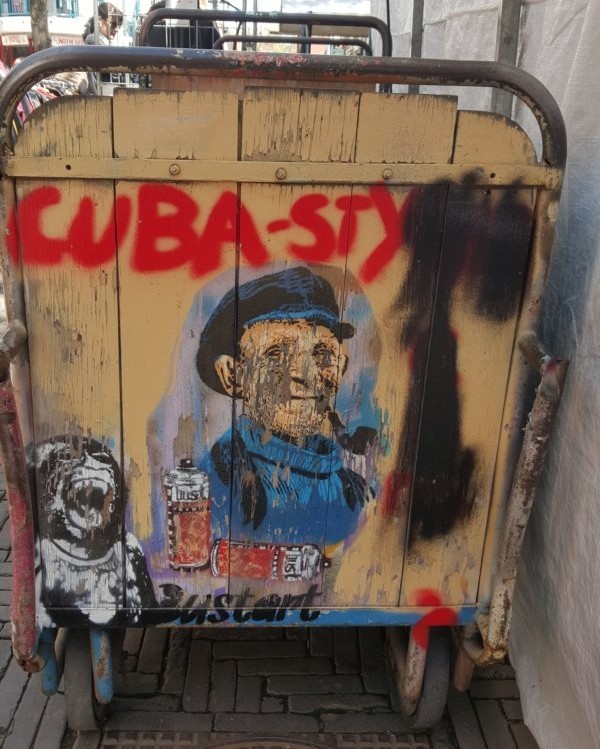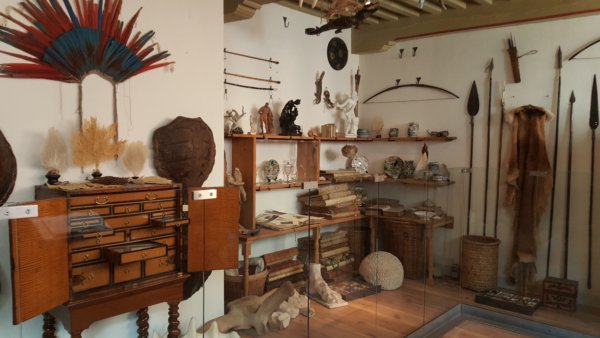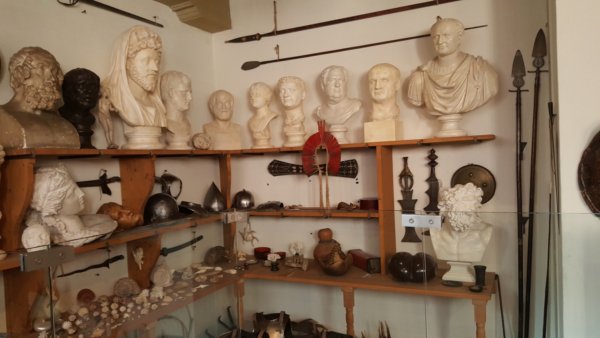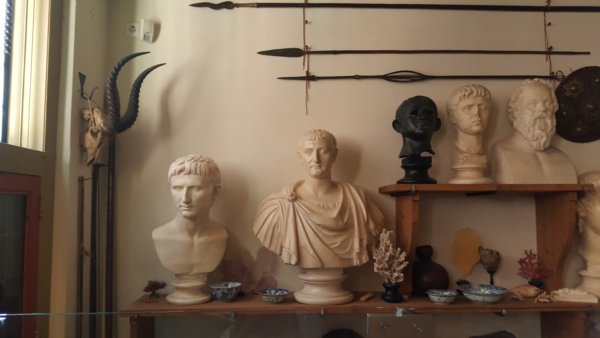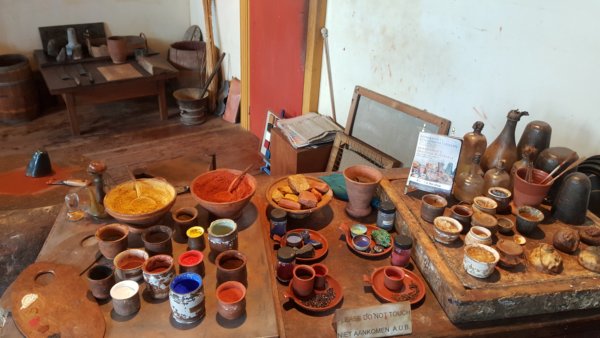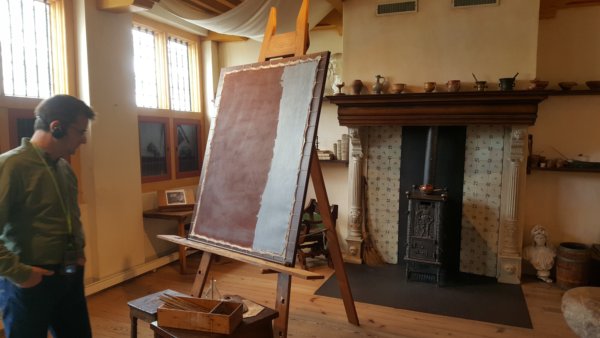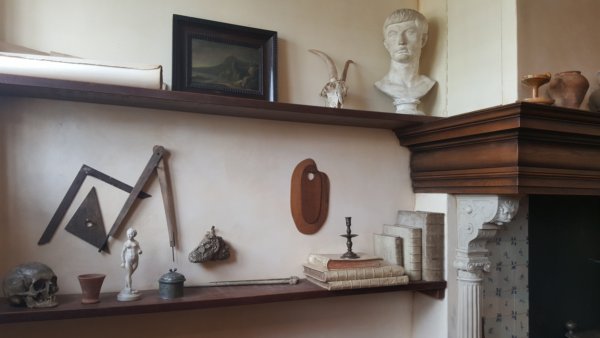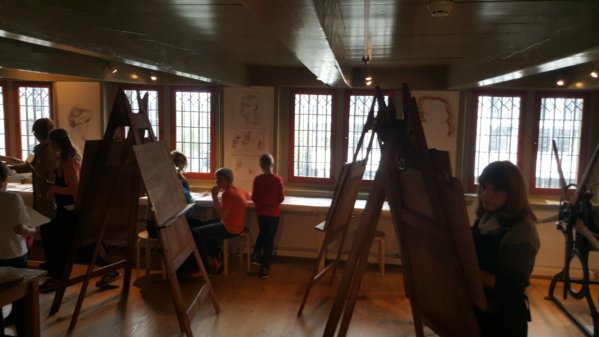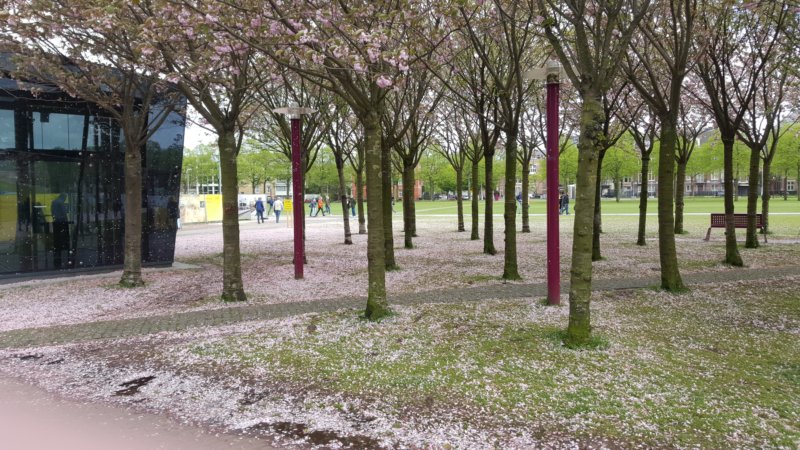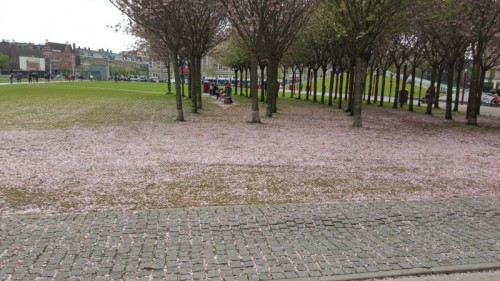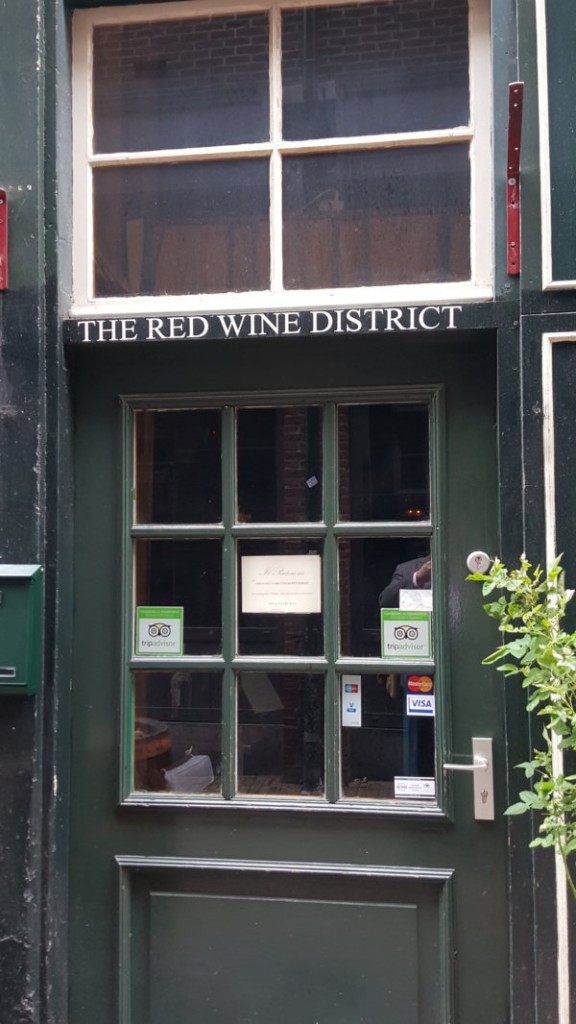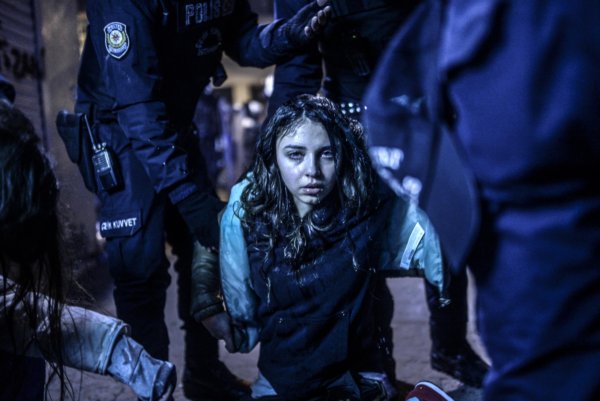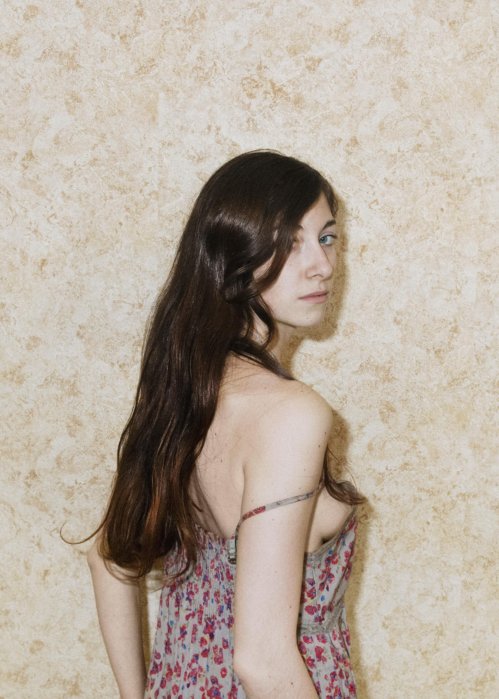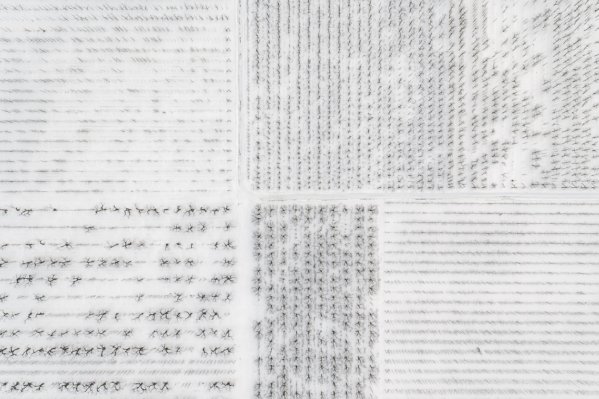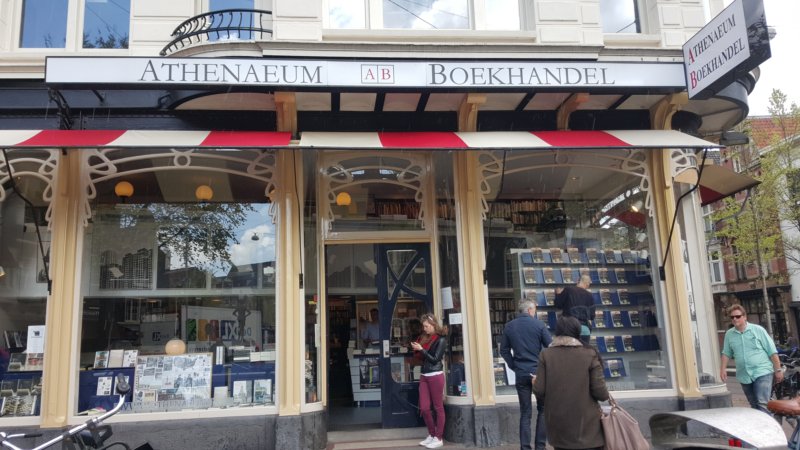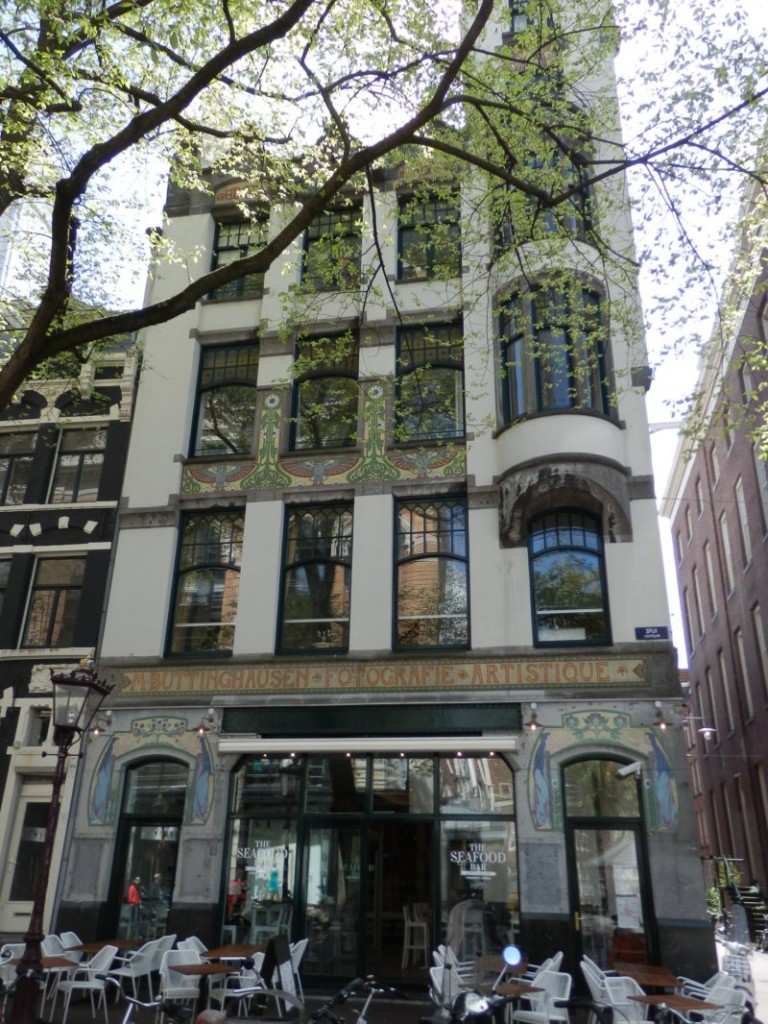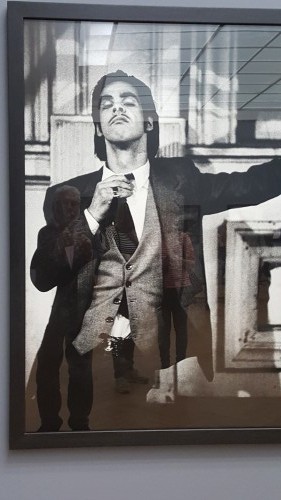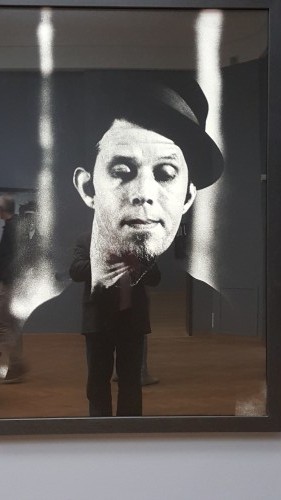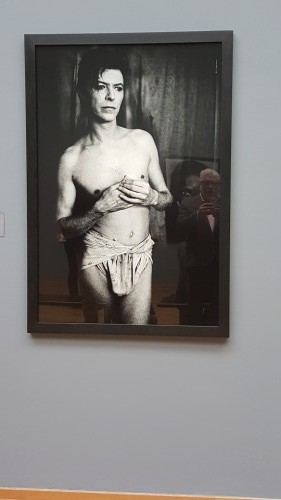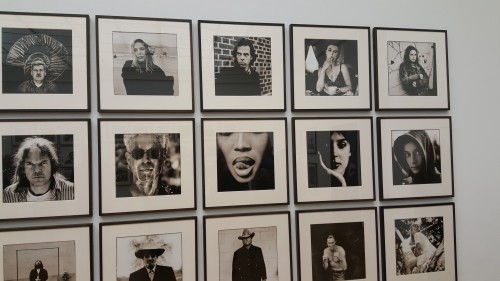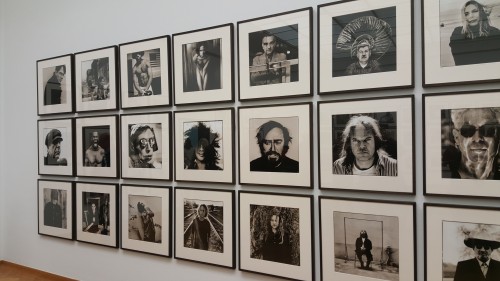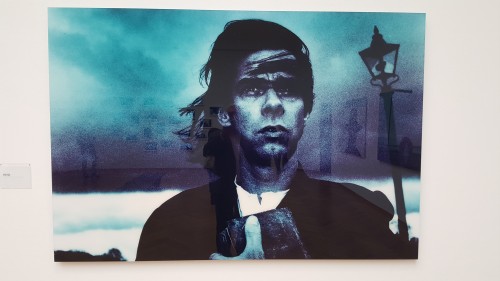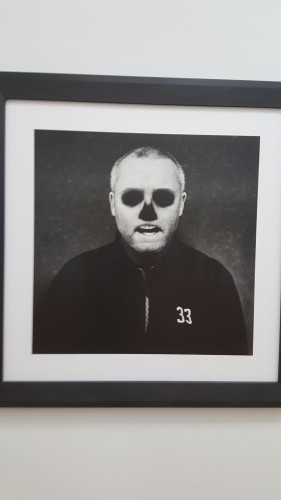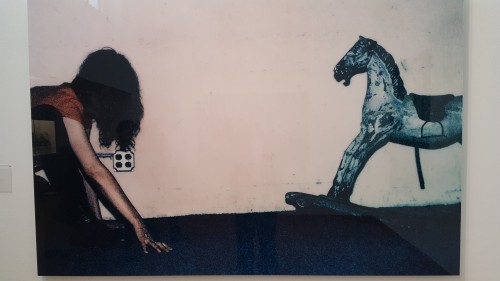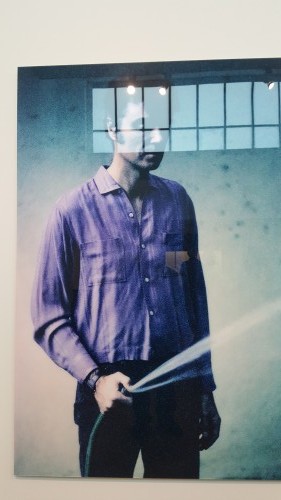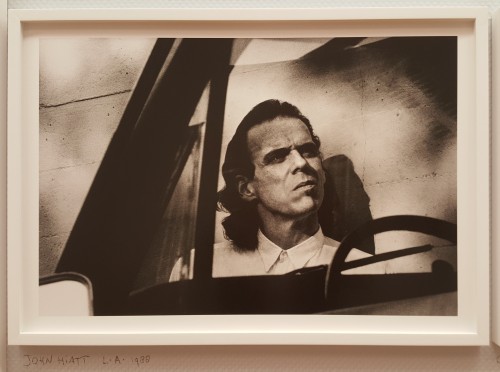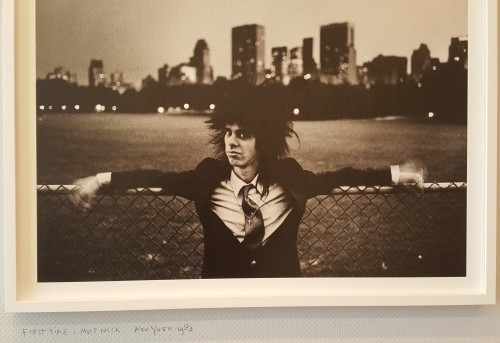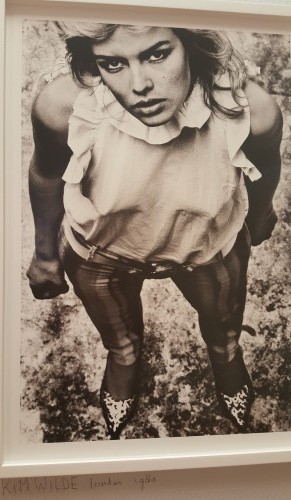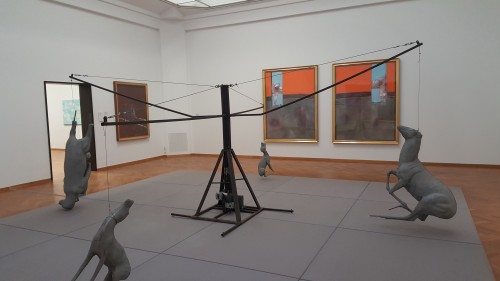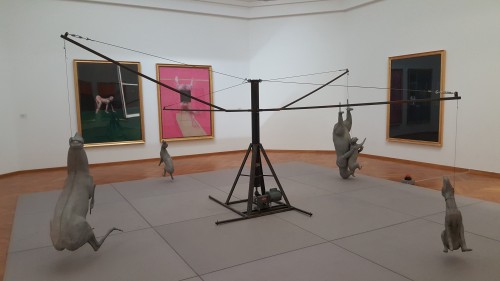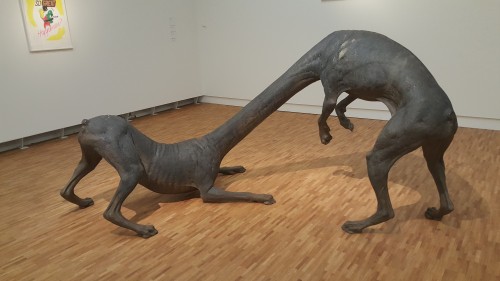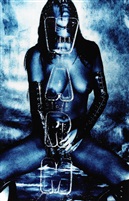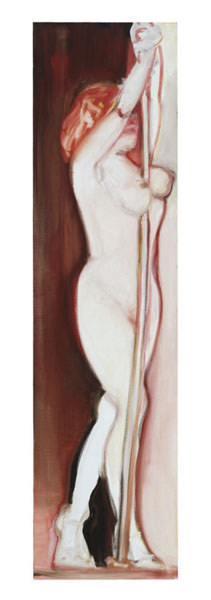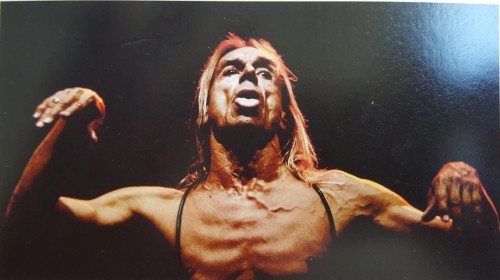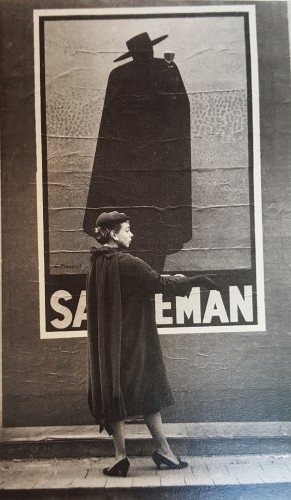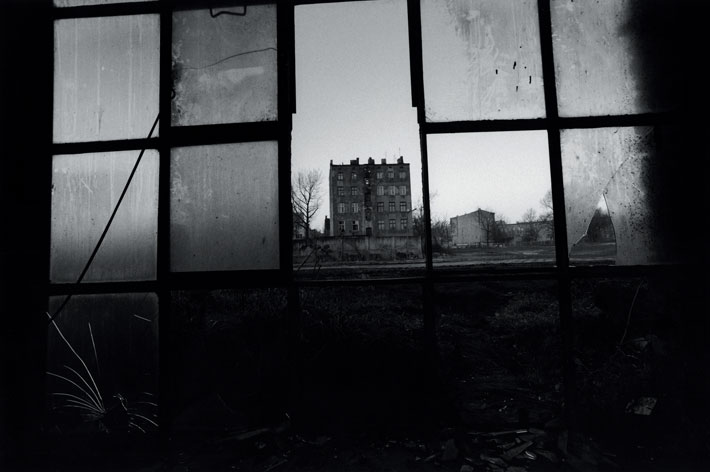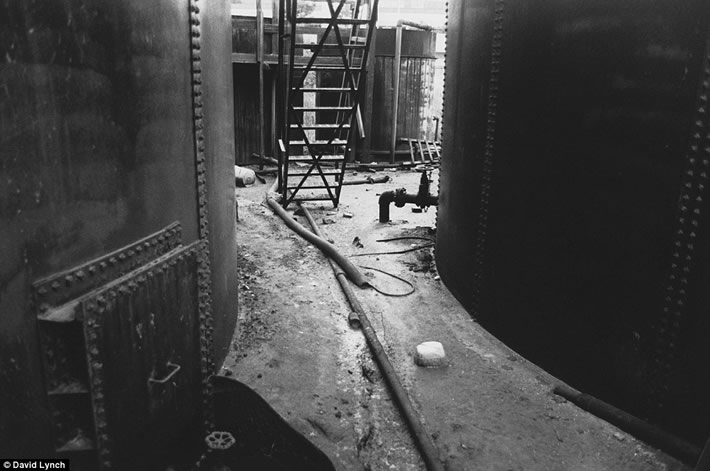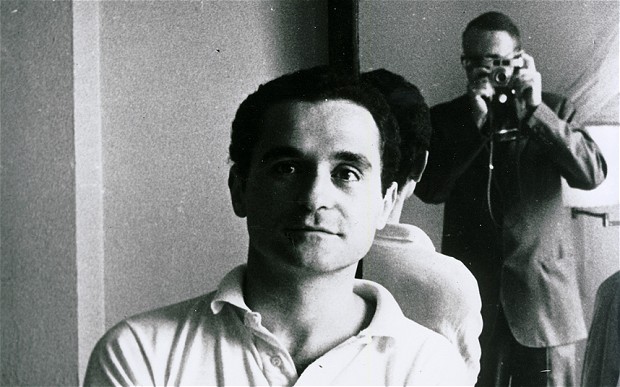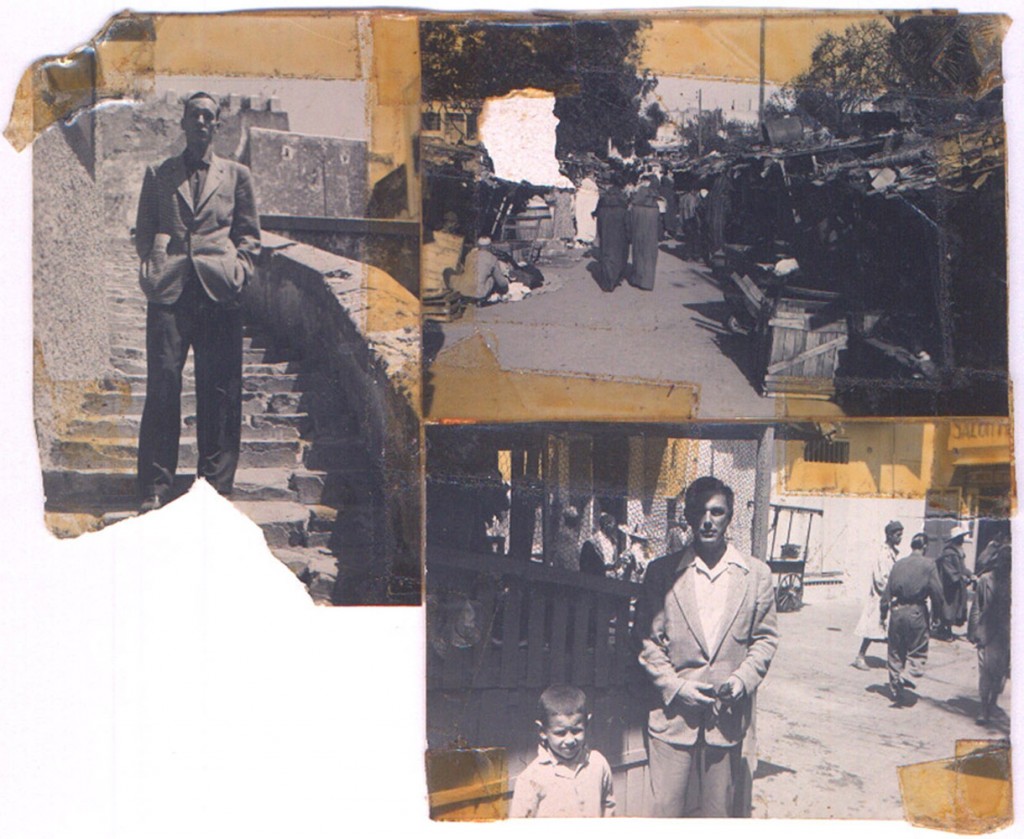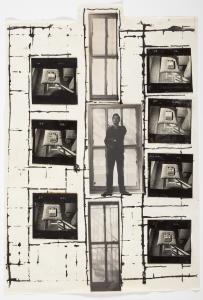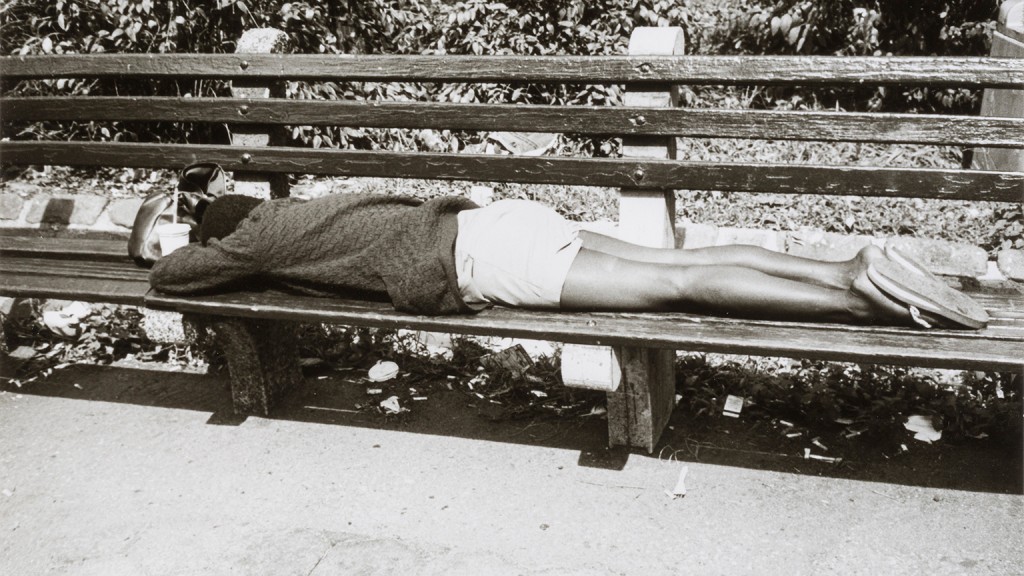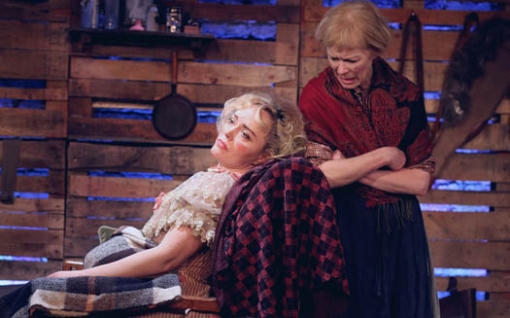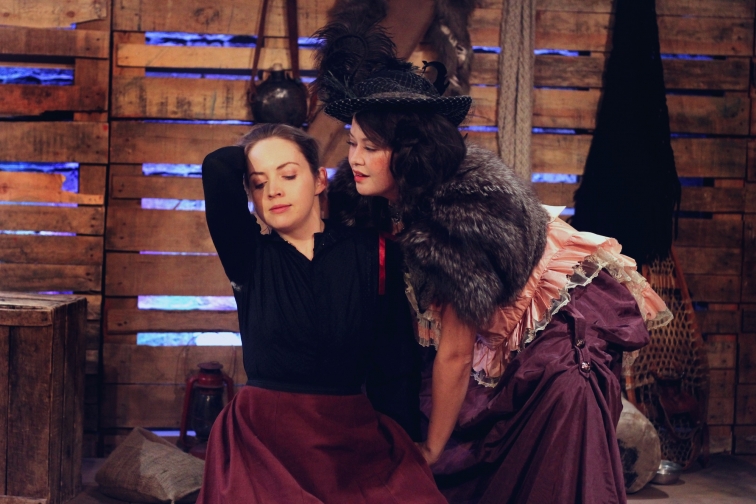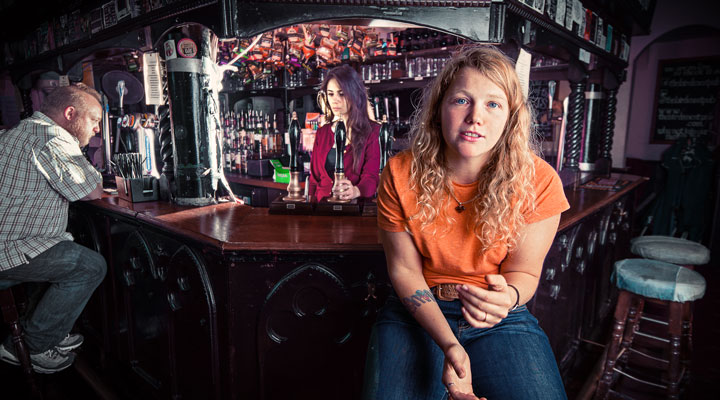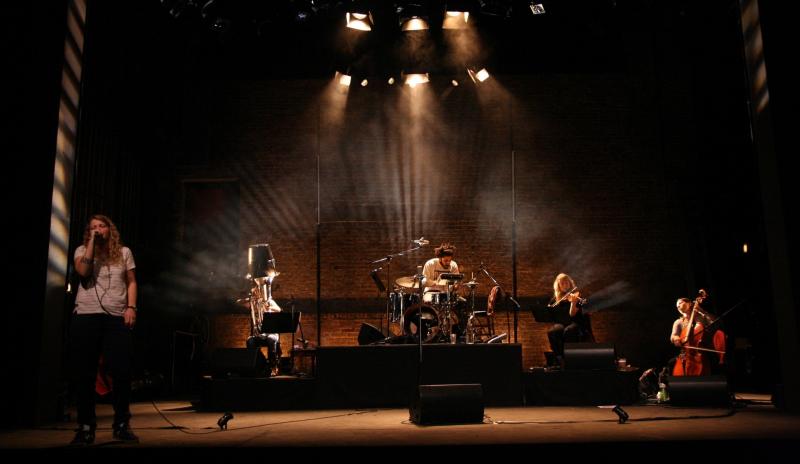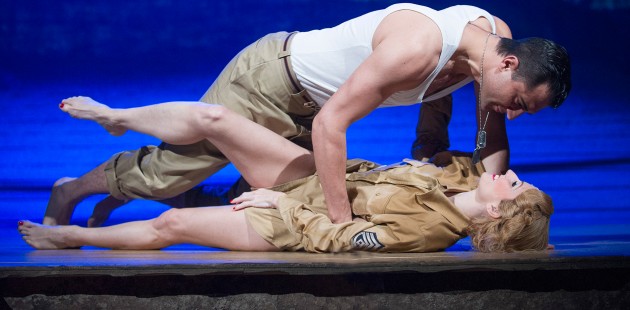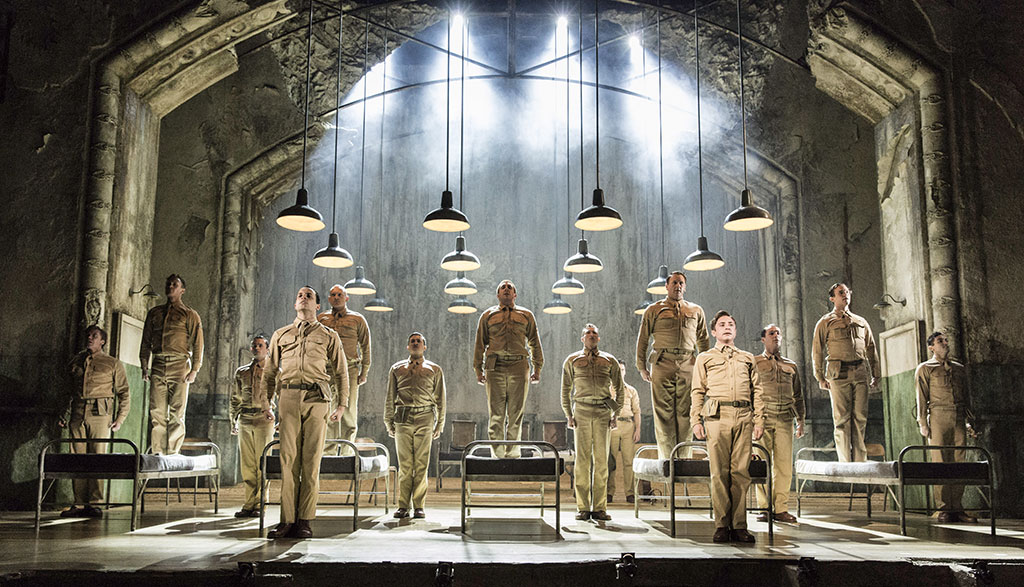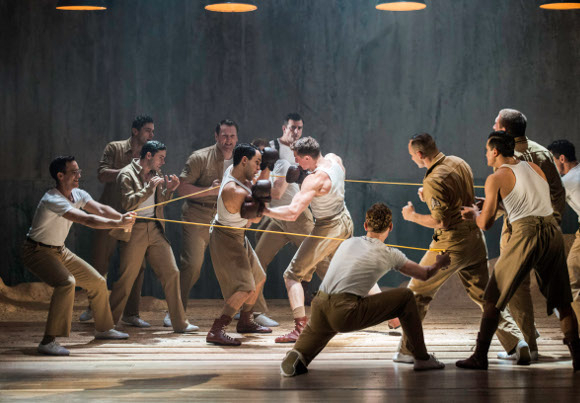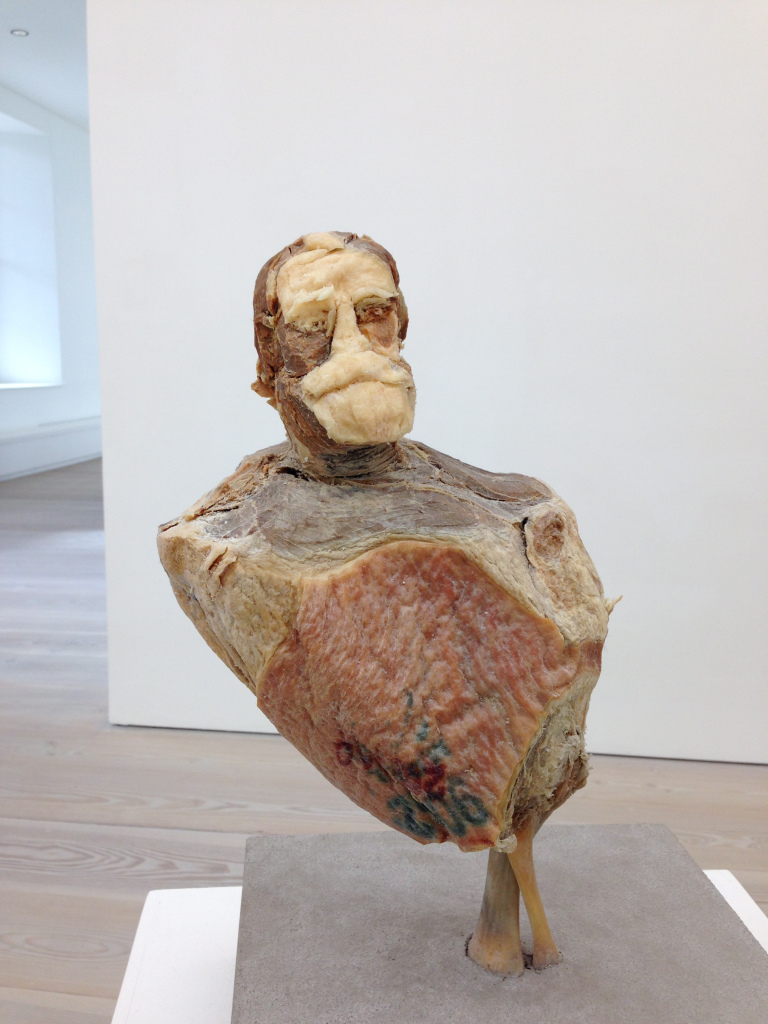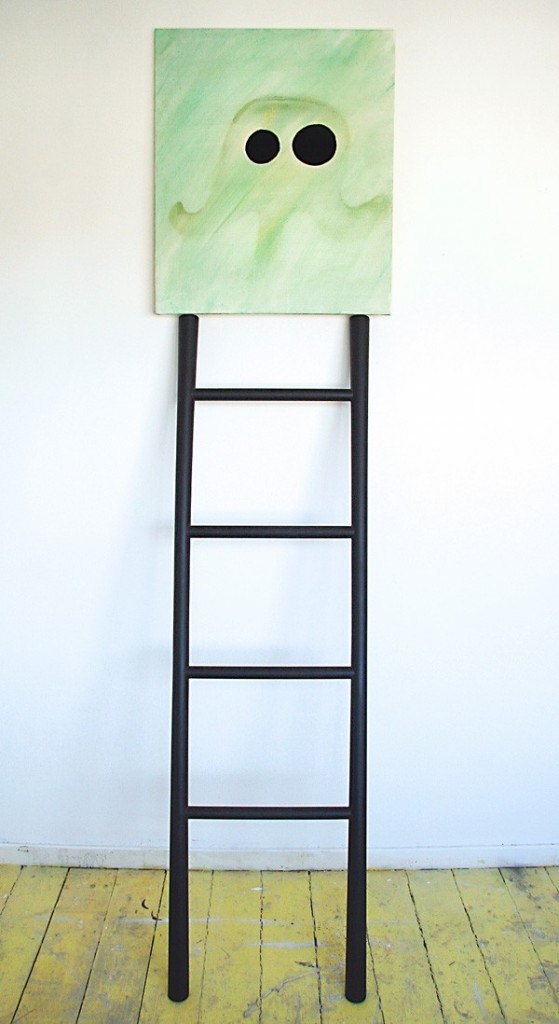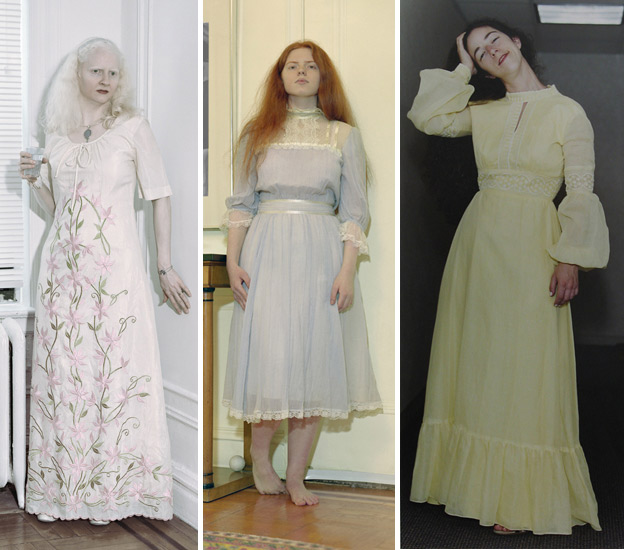It’s been a few months since the end of the 2015 MKE Film Festival, and many of the films screened are now available, either in theatres or via streaming or disk. Here’s my 4 and 5 star selections. There are trailers available for most of these films on <a href=”https://www.youtube.com/channel/UCzr864NSWigv-oX2u_zyrXQ”>MKE-Film’s YouTube channel
Four Star picks: ****
- The Russian Woodpecker
A quirky documentary follows a tenacious Ukrainian activist as he seeks to bring a Cold War Russian intelligence scheme to light, all while a revolution plays out in Kiev.
- Stockholm Stories
Five interlocking stories weave in and out over the course of a few rainy days. Clever and visually lush.
- Almost There
Moving documentary by two friends who discover an “outsider” or naive artist living in the same dilapidated house he grew up in, a house which is tumbling down around him. Thus begins an 8 year effort to save this man from himself, and bring his art to a broader audience. Several interesting turns await.
- Nicola Costantino: The Artefacta
Biopic of the Argentinian artist provocateur as she prepares new work for the 55th Venice Biennale. Very lovely to watch, strange art and sometimes inexplicable acts.
- Magicarena
Documentary tells of a Spanish theatre company, La Fura dels Baus, presenting Verdi’s Aida on the bicentennial of his birth, in the 1st century Verona Arena. They recruit people from the area to serve as supernumeraries, technical & stage hands, grips, and prop makers. A beautiful setting, visually stunning presentation and engaging story.
- Villa Touma
An orphaned teenage girl goes to live with her upper-class aunties, Palestinian Christians, in their closed and stultifying household, following her parent’s deaths. A deeply moving portrayal of life in an odd temporal bubble, a disappearing part of Palestinian life. This film was made by Palestinians, with Israeli support, but both countries have disowned it.
- Second Mother
Brazilian look at class and work. We meet Val, live-in housekeeper for a wealthy family — a Reality TV star, her Art Professor husband and spoiled-brat son. Val’s own daughter, whom she hasn’t seen in ages, having sent her to live with relatives, comes to town to enroll in college (the same haughty school as the brat son). This disruption lays bare the compromises Val has chosen to make in her life in order to make money, and the truth of her feelings for her own kin versus the sense of importance she gleans, reflected, from her employers.
- Hallahalla
A middle-aged woman tries to put her life back together having been left by her husband for a younger woman. Disrespected in her work in the local hospital, desperately seeking a new grip on a life she no longer feels connected to, in a suburban (Swedish) world she never wanted to inhabit, Disa slowly finds her way through episodes both comedic and tragic.
- 30 Seconds Away
This documentary by local film maker, and former federal agent, Faith Kohler, exposes the reality of life lived on the streets of Milwaukee, focusing on a handful of mostly middle-aged men struggling to survive in spite of societies’ efforts to help them, however altruistic, intrusive or ill-advised such efforts might be, and in spite of their own efforts to sabotage any do-gooders they encounter. A deeply effecting, but ultimately, to me, incomplete and reductive film.
- Breaking a Monster
A fun and music filled documentary about a heavy metal band of teenage African-Americans from Brooklyn who make it big after video of them performing in Times Square goes viral in 2007. They go on to be signed by Sony, play Cochella, open for Metallica… It’s a whirlwind ride and we get coach seats. Wildly engaging and loads of fun.
- Imperial Dreams
An ex-con, recently released, tries to hold on to his son and some kind of life after his girlfriend goes to jail. He struggles to stay away from the same dark forces which left him behind bars in the first place, and to keep his son and himself free.
- A Ballerina’s Tale
Biopic on Misty Copeland, the first African-American principal performer for a major company (American Ballet Theater). A well made, engaging and compelling film.
- Theeb
A young Bedouin boy joins his much older brother to guide a British surveyor in the remote reaches of the Ottoman Empire as the Great War and the Great Arab Revolt encroach from all sides. The men are slain by bandits, and the boy must learn to make his own way without camel, water or adults. A tale of betrayal, distrust, danger and revenge, Theeb could have been made by John Ford. Rich, lush and parched.
Five Star picks: *****
- Safety Last
No chance to see this as we did, sorry to say. This is a classic Buster Keaton silent feature screened with live organ accompaniment on the Oriental’s lovely Kimball organ. An all out joy; thrilling and hysterical.
- Beatles
Norwegian coming of age drama set in early 60’s. Beatlemania hits and a group of youth imagine themselves as the Fab Four, each taking as his idol a different Beatle. This engaging and touching film brings us inside the lives of these four kids, mostly focusing on the young Paul McCartney wannabe. While such films are often predictable and pat, this outing manages to both hold one’s attention and reveal truly unexpected and sometimes dark aspects of the young protagonists.
- The Wonders
Magical Thinking comes of age in this “Felilini-esque portrait.” A young girl is being groomed to take over from her beekeeping father. Her family lives in an idiosyncratic outpost along the Italian coast. Both parents are dreamers, little anchored to reality, but for the imperative of the constant filling of buckets of honey by the centrifuge. A reality TV show seeking to find Italy’s “Most Traditional Family” while shining a spotlight on the region’s natural food products, comes to town and brings with it a disruptive spirit and an enchanting hostess. This was my favorite of the festival, and left me with a warm glow.
- Romeo is Bleeding
An amazing documentary focusing on a youth diversion program in suburban Richmond, CA, “RAW Talent.” A young poet, Donte Clark, himself just out of high school, leads a group of similarly detached and disaffected youth in a production of Romeo & Juliet, but this is not the version you read in high school. The kids in this gang infested city know all too well the meat of the story — the two feuding families, forbidden love — as Central Richmond and North Richmond have been engaged in a gang feud over two decades old. Even the old-timers can just barely remember why the gangs are fighting. The students rewrite Shakespeare’s story in their own words, raps and songs, weaving their own stories of love and loss into the fiber of the tale, amidst a rising death toll all around them. Easily the best documentary of the festival, and the winner of multiple awards, I cannot express enough just how good and moving this film is.
- Bang Bang Baby
This was a fun romp, silly and stupid, and just loads of fun. Many people will not like it, but I sure did. A blend of 1950s musical and schlocky Si-Fi. Stepphy is a high school girl with big dreams of making it big in music and winning the heart of performer Bobby Shore. But industrial disaster, purple haze and walking dead threaten her happiness.
- Very Semi-Serious
A documentary of New Yorker cartoonists and cartoons. Well made and hilarious.
- Hotell
A Swedish film telling the tale of a group, a Group Therapy group, who decide the venture out of the community center and into a hotel, where they expose their deepest secrets and desires to each other, and allow themselves to try to live their dreams in the safe embrace of each other’s trust and support. A very strange view of the group dynamic, and a reflection on what we allow of ourselves when we just let go.
- No One’s Child (Nicije Dete)
A Serbian film which deals with a difficult time in that nation’s history. Based on a true story, this bleak film starts with the 1988 discovery of a feral child living in the Bosnian wilderness, literally raised by wolves. He is institutionalized in Belgrade, in an orphanage, where he struggles to adapt to shoes, clothes, language and eating utensils, not to mentions other kids. With the death of the dictator Tito and the collapse of the Yugoslavian state, he faces ejection from Serbia and a return to Bosnia. This film reveals a countryside as desolate as the war and a child with an indomitable will and incredible cunning. One of the most powerful films of the festival.
- The Wrecking Crew
A documentary literally 20 years in the making, this film tells the story — not yet complete — of the greatest session outfit of all time. “Their music won the Best Record of the Year Grammy six consecutive years. Their hit records span decades and number in the hundreds…” began the program description. These musicians made records with everyone from the Birds to the Beach Boys, Frank Sinatra to Sam Cooke. There is just so much good music in this, you’ll be tempted to get up and dance more than once. A great double feature with 2013 festival favorite 20 Feet From Stardom.
- Run Boy Run
In the spirit of Europa Europa, this German/French film tells the true story of a Polish boy, a Jew, who is left to fend for himself in the countryside during Nazi occupation. Srulik takes a Christian name, hides with people of great warmth and love and with people of opportunism and caprice. He takes charge of himself and nearly loses touch with his history and the legacy he represents. Pair this with No One’s Child for a double feature of Oprahesque dimensions, and make sure to have plenty of tissues on hand.
Okay, so I went a bit overboard I guess. I hope you can find and see a few of these. In retrospect, I guess it was a better festival than I thought, as 2/3 of the films I saw I ended up rating 4 or 5 stars!
I didn’t mention here the major studio films which were also part of the festival. Those were Youth, which is now in theaters; starring Michael Caine and Harvey Kietel as aging best friends, one a retired composer and conductor, the other a film maker looking to redeem himself after artistic and critical failure. Set in a Swiss resort in Davos, this film is beautifully shot with wonderful scenery. The minor characters are a treat, as are the supporting roles played by the likes of Paul Dano, Rachel Weiss and Jane Fonda.
Also on the program as the Member’s Only screening was Mississippi Grind, starring Ben Mendelsohn and Ryan Reynolds. Mendelsohn plays Garry, a down on his luck gambler and Reynolds a free spirit who seems like a winner and befriends Garry when he’s down. This is a road film of sorts, with many twists and turns, and a few detours along the way. Fun, and not too formulaic…not as formulaic as you fear it will be. A great performance by Mendelsohn, normally relegated to supporting roles but allowed to shine here.

